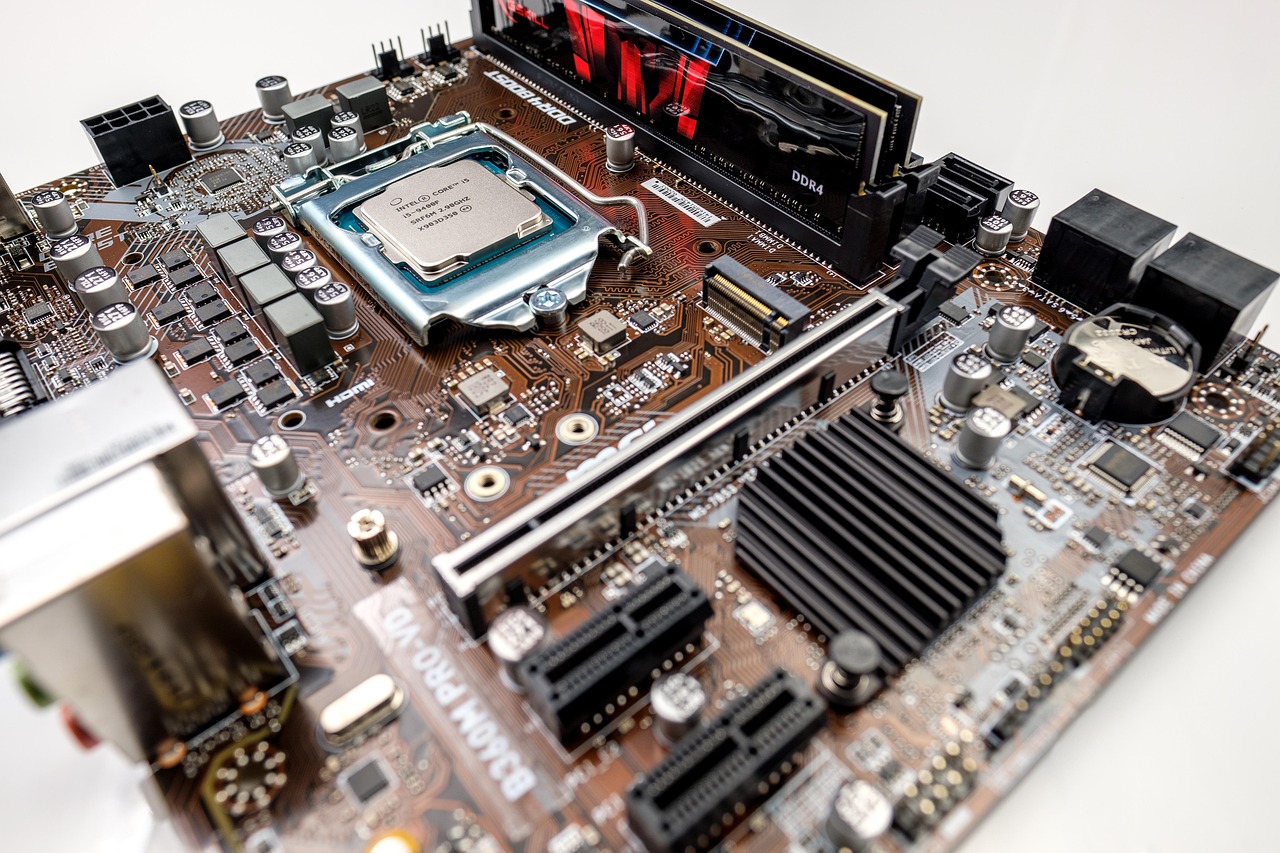Leveraging Neural Networks to Mitigate Commodity Theft Risk in Supply Chains

In an era where global supply chains are the backbone of economic activity, ensuring the security and integrity of these networks is paramount. Commodity theft, a persistent issue, poses significant challenges to businesses worldwide, impacting financial performance and operational efficiency. As organizations seek innovative solutions, neural networks have emerged as a potent tool in identifying and mitigating theft risk within supply chains.
Neural networks, a subset of artificial intelligence (AI), are designed to recognize patterns and make decisions based on data input. They mimic the human brain’s interconnected neuron structure, enabling them to learn from experience and improve over time. This capability makes neural networks an ideal candidate for addressing the complexities of supply chain security.
Understanding Commodity Theft in Supply Chains
Commodity theft can occur at various points in the supply chain, from manufacturing facilities to distribution centers and during transportation. The impact is not merely financial; theft can lead to supply disruptions, loss of customer trust, and increased insurance costs. According to the Transported Asset Protection Association (TAPA), cargo theft incidents are reported across all continents, with losses amounting to billions annually.
Traditional methods of combating theft, such as surveillance and physical security measures, have proven insufficient in the face of sophisticated theft tactics. Consequently, there is a growing need for advanced technological solutions that can preemptively identify risks and vulnerabilities.
Role of Neural Networks in Risk Mitigation
Neural networks can process vast amounts of data from various sources, such as shipment records, GPS data, and environmental conditions, to identify patterns indicative of potential theft. By analyzing historical theft data and correlating it with real-time information, neural networks can predict the likelihood of theft and suggest preventive measures.
- Anomaly Detection: Neural networks can monitor supply chain data for anomalies that may indicate theft risk. Sudden deviations in transportation routes or unexpected delays can trigger alerts for further investigation.
- Predictive Analytics: Through machine learning, neural networks can forecast potential theft hotspots and vulnerable segments within the supply chain, enabling companies to allocate resources efficiently and strengthen security measures accordingly.
- Dynamic Risk Assessment: Unlike static risk assessment models, neural networks continuously learn and adapt to new data, providing dynamic risk assessments that evolve with changing conditions and emerging threats.
Global Context and Implementation Challenges
The global supply chain landscape is vast and intricate, involving multiple stakeholders across different regions. Implementing neural networks for theft prevention requires a collaborative approach, integrating data across the entire supply chain network. However, challenges such as data privacy concerns, integration with existing systems, and the need for skilled personnel to manage AI systems cannot be overlooked.
Moreover, the effectiveness of neural networks is contingent upon the quality and quantity of data available. Inadequate data can lead to inaccurate predictions, undermining the system’s reliability. Therefore, companies must ensure robust data collection and management practices are in place.
Conclusion
As supply chains grow increasingly complex, the need for advanced security solutions becomes more pressing. Neural networks offer a promising avenue for mitigating commodity theft risk by providing predictive insights and dynamic risk assessments. While challenges remain in implementation, the potential benefits of reduced theft, improved operational efficiency, and enhanced trust make neural networks a valuable asset in the modern supply chain security arsenal.
In the quest for a secure and resilient supply chain, leveraging cutting-edge technologies like neural networks could prove pivotal in safeguarding commodities and ensuring the seamless flow of goods worldwide.















